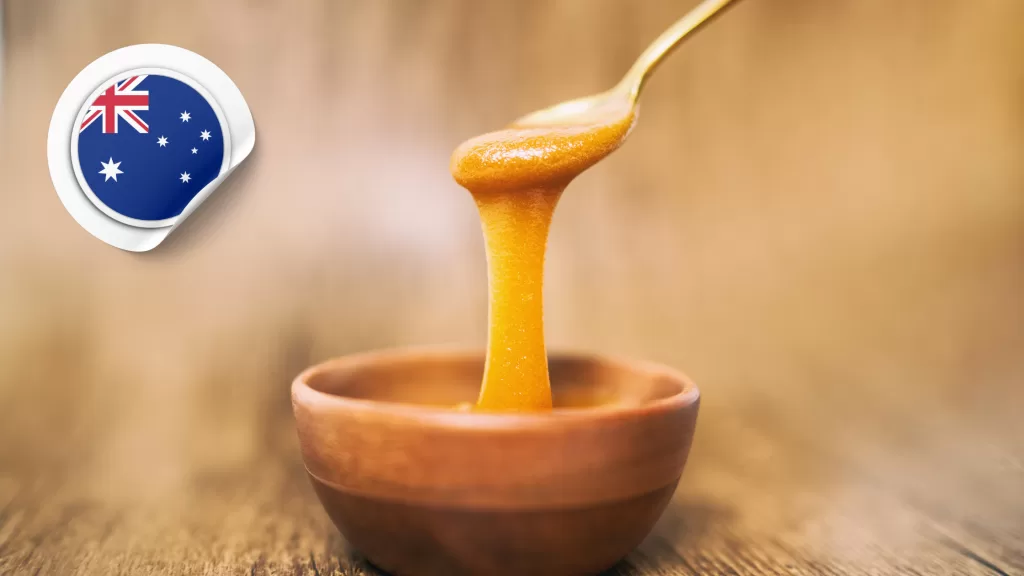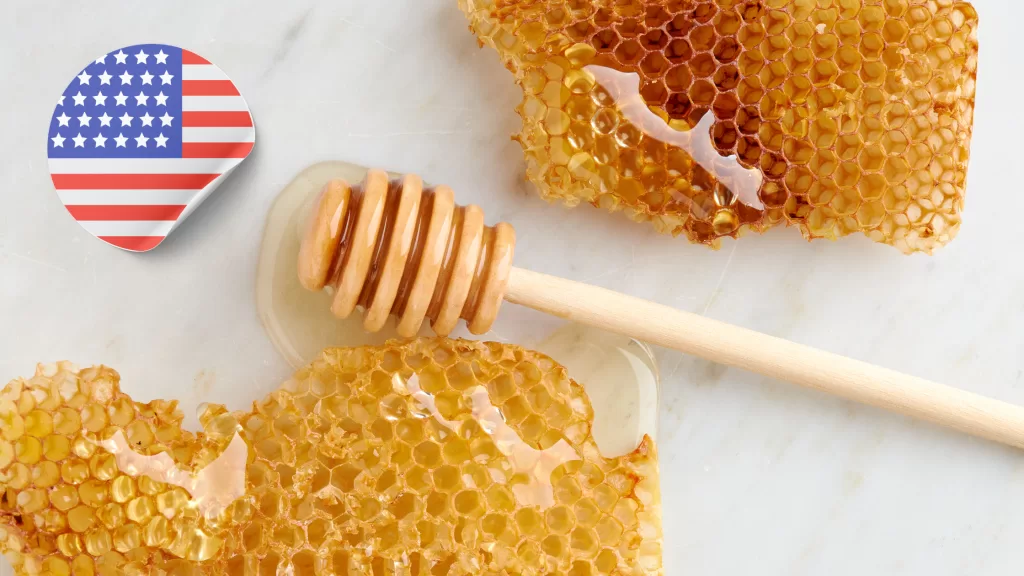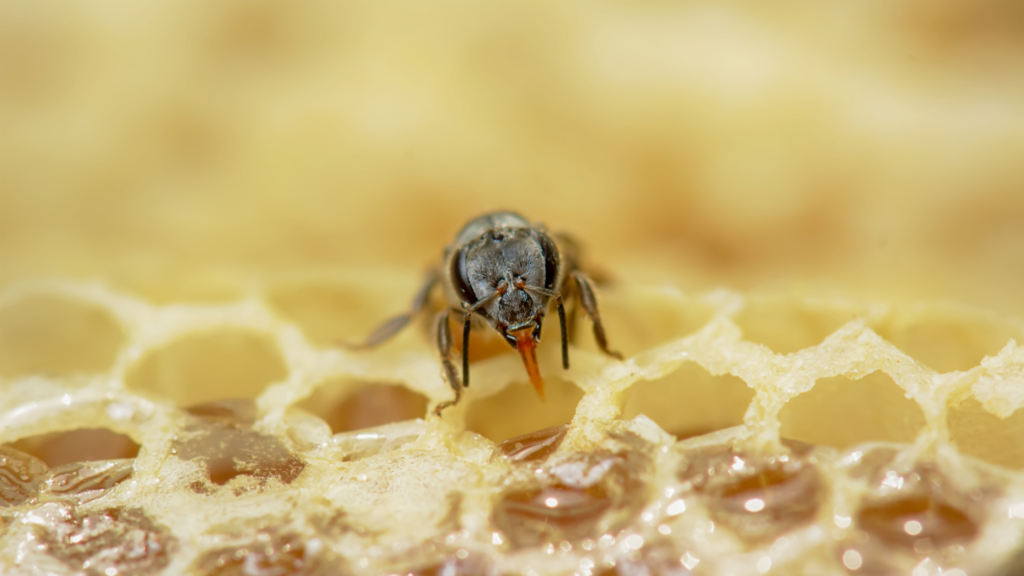Bee Conservation
🐝🌻 Protecting Our Pollinators: Bee Conservation Matters! 🌺🌿
Join the buzz for bee conservation! 🍯🌟 Bees play a vital role in our ecosystem, pollinating crops and sustaining biodiversity. By safeguarding bee habitats, reducing pesticide use, and planting bee-friendly flowers, we can ensure a thriving environment for generations to come. Let’s work together to protect our precious pollinators and preserve the beauty of nature! 🌼🐝
Bee Conservation:
Bee conservation is the heartbeat of a thriving ecosystem! 🌟🌼 Bees, our diligent pollinators, ensure the growth of crops and the diversity of plant life. By nurturing bee habitats, minimizing pesticide usage, and fostering bee-friendly environments, we sow the seeds for a sustainable future. Let’s unite in safeguarding our invaluable pollinators and nurturing the natural world’s splendor! 🌸🐝
Preserving Pollinators: A Comprehensive Guide to Bee Conservation
Bees are nature’s unsung heroes, playing a crucial role in pollinating crops, wildflowers, and plants essential for food production and ecosystem health. Without bees, many fruits, vegetables, and flowers would cease to exist, disrupting entire ecosystems and threatening global food security.
Despite their importance, bee populations worldwide are under threat due to various factors, including habitat loss, pesticide exposure, climate change, disease, and invasive species. These threats jeopardize bee health and diversity, putting our agricultural systems and natural habitats at risk.
Effective bee conservation requires a multi-faceted approach that addresses the root causes of bee decline and promotes sustainable practices to support bee populations. Key strategies include:
Habitat Restoration: Preserving and restoring bee habitats, including meadows, hedgerows, and wildflower patches, provides bees with essential forage and nesting sites.
Reducing Pesticide Use: Minimizing the use of harmful pesticides, especially neonicotinoids and other systemic pesticides, helps protect bees from toxic exposure and preserves their health.
Promoting Bee-Friendly Landscapes: Encouraging the planting of bee-friendly flowers, herbs, and trees in gardens, parks, and urban areas creates valuable foraging opportunities for bees and enhances biodiversity.
Supporting Beekeeping Practices: Supporting responsible beekeeping practices, such as hive management, disease control, and genetic diversity preservation, contributes to bee health and resilience.
Educating and Advocating: Raising awareness about the importance of bees, their threats, and conservation efforts is crucial for fostering public support and policy changes that prioritize bee protection.
Individuals, communities, businesses, and governments all have a role to play in bee conservation. Here are some ways you can make a difference:
- Plant bee-friendly flowers and create pollinator-friendly habitats in your garden or community.
- Support local beekeepers and buy honey and other bee products from sustainable sources.
- Advocate for policies that protect bees and their habitats, such as pesticide regulations and land conservation measures.
- Educate others about the importance of bees and the actions they can take to support bee conservation efforts.
In conclusion, bee conservation is not just about saving bees; it’s about safeguarding the intricate web of life that sustains us all. By working together to protect and preserve bee populations, we can ensure a sustainable future for ourselves and for generations to come. Let’s join forces to preserve pollinators and cultivate a world where bees can thrive and continue to enrich our lives and ecosystems.
Explore the beauty and importance of bee conservation and join the global effort to protect these essential pollinators. Together, we can make a difference and ensure a vibrant and sustainable future for bees and humanity alike.
Explore More BEE conservation:
Bees are more than just busy insects; they are the heartbeat of our ecosystems! 🌟🌻 By pollinating crops and wildflowers, bees sustain biodiversity and ensure the abundance of fruits, vegetables, and flowers we rely on. 🌺🐝 However, threats like habitat loss and pesticides endanger bee populations, posing risks to food security and ecosystem health. 🚨🌳 Let’s unite to preserve our precious pollinators and safeguard the beauty and balance of nature! 🌸✨
More From The Hive:

A Comprehensive Guide to Australian Honey: Types, Production, and Benefits
Australia is home to some of the world’s finest honey, known for its unique flavors, exceptional quality, and health benefits. Thanks to its diverse flora and pristine natural environment, Australia produces honey that reflects the rich biodiversity of its landscapes. Whether it’s the famous Manuka honey from the Leptospermum trees

An In-Depth Guide to Honey in the United States of America (USA): Types, Production, and Benefits
Honey, one of nature’s sweetest treasures, has been an integral part of human diets and cultures for thousands of years. In the United States of America (USA), honey production is not only a thriving industry but also a testament to the country’s diverse ecosystems. From the tropical blossoms of Florida

The Small Honey Bee (Apis florea): A Comprehensive Guide to One of Nature’s Tiny Pollinators
The Small Honey Bee, scientifically known as Apis florea, is one of the lesser-known species of honey bees, yet it plays a vital role in the ecosystems of Asia and parts of the Middle East. Despite its size, the Apis florea bee is a remarkable pollinator, and its unique biology

Exploring the Sweet Diversity of Canadian Honey: A Guide to Types and Flavors
Canada is home to a rich tapestry of landscapes and climates, each contributing to the unique flavors and types of honey produced across the country. From the prairies of Alberta to the forests of British Columbia, Canadian honey reflects the diverse flora that bees visit. In this blog, we will

The Rock Honey Bee (Apis laboriosa): Guardians of the Himalayan Honey
The Rock Honey Bee (Apis laboriosa) is an awe-inspiring species that thrives in the rugged landscapes of the Himalayas, where it builds massive nests on vertical cliffs. Known for producing highly prized wild honey and for its ability to endure extreme mountain conditions, this bee species has captivated researchers, beekeepers,

The Giant Honey Bee (Apis dorsata): Nature’s Fearless Honey Maker
The Giant Honey Bee, scientifically known as Apis dorsata, is a remarkable species native to South and Southeast Asia. Known for its impressive size, bold temperament, and incredible honey-producing capabilities, this bee plays a crucial role in the ecosystem and supports human livelihoods. Despite its importance, the Giant Honey Bee
